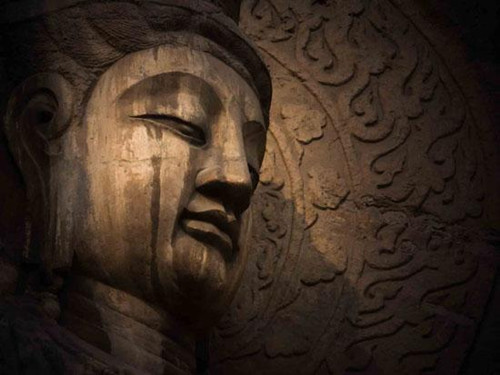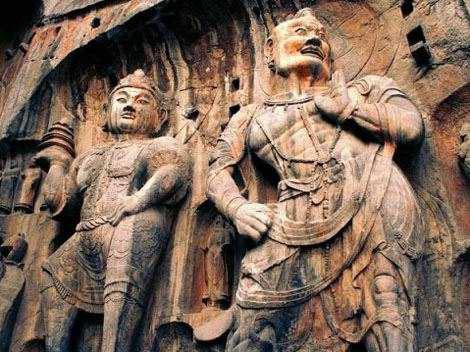
Longmen Grottoes in the central China's city of Luoyang

Longmen Grottoes in the central China's city of Luoyang
Driven by the goal of reviving China's traditional culture, the government has been pouring resources into preservation efforts. Special funds have been set aside at all levels of government to finance protection, restoration, maintenance as well as promotion of China's cultural heritage.
Cultural heritage is like a people's signature written in time. Thanks to new technologies, the government has been able to gain an upper hand in the battle against time.
One recent example is the digitalization of the Longmen Grottoes in the central China's city of Luoyang. The grottoes are one of the finest examples of Chinese Buddhist art. They contain over two thousand caves, 100,000 Buddhist statues and around 2,800 tablets. Using 3D technology, statues and carvings from the grottoes have been collected into a computer database that can be used to preserve and renovate the site.
The Yuzhen Temple is another example. To avoid being submerged by the Danjiangkou Reservoir, the temple's gates, weighing thousands of tons, have slowly been raised at the break-neck speed of 75 centimeters per day.
But historic sites all over China are coming under stricter protection.
China joined the Convention Concerning the Protection of the World Heritage in 1985. And one of the first enlisted groups is Imperial Palace, which is lying behind me. And since then the number continues to grow. At present, the country has a total of 43 world heritage sites, out of which 30 are cultural heritages. As the great philosopher Confucius once said, you can always learn something new by reviewing the old. So it is definitely more than just saving these spectacular marks that we human beings put on this planet, but also to inspire new thoughts by reviving the traditional arts and culture.
Unlike the huge historic sites built by tiles and bricks, China's intangible cultural heritage is seen mostly through people's traditional ways of living and aesthetic tastes. And it can only be preserved by passing on the traditional routines of daily life.
In June 2011, the "Law of Intangible Cultural Heritage" was enacted. More than 10,000 provincial and national relics have been collected under the law.
"Since being put into effect, the law has generated a very good social influence. More and more people started to pay attention to traditional arts and culture. It's not just what we keep behind the window of the museum, but rather, everything in our daily lives, from dressing to eating, from living to transporting."
China's cultural heritage, both tangible and intangible, is being protected more closely than ever before. The hope is that these efforts will re-infuse China's history with modern vitality.

Copyright ©1999-2011 Chinanews.com. All rights reserved.
Reproduction in whole or in part without permission is prohibited.